Related Research Articles

The Dean Cemetery is a historically important Victorian cemetery north of the Dean Village, west of Edinburgh city centre, in Scotland. It lies between Queensferry Road and the Water of Leith, bounded on its east side by Dean Path and on its west by the Dean Gallery. A 20th-century extension lies detached from the main cemetery to the north of Ravelston Terrace. The main cemetery is accessible through the main gate on its east side, through a "grace and favour" access door from the grounds of Dean Gallery and from Ravelston Terrace. The modern extension is only accessible at the junction of Dean Path and Queensferry Road.
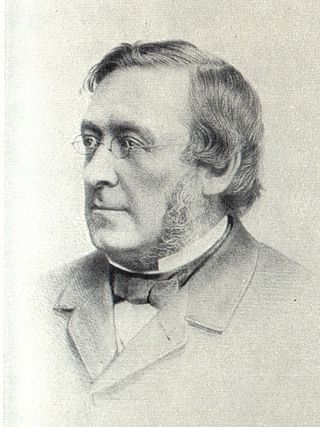
David Stevenson MICE FRSE FRSSA was a Scottish lighthouse designer, who designed over 30 lighthouses in and around Scotland, and helped continue the dynasty of lighthouse engineering founded by his father.

William John Macquorn Rankine was a Scottish mechanical engineer who also contributed to civil engineering, physics and mathematics. He was a founding contributor, with Rudolf Clausius and William Thomson, to the science of thermodynamics, particularly focusing on its First Law. He developed the Rankine scale, a Fahrenheit-based equivalent to the Celsius-based Kelvin scale of temperature.

Robert Stevenson, FRSE, FGS, FRAS, FSA Scot, MWS was a Scottish civil engineer, and designer and builder of lighthouses. His works include the Bell Rock Lighthouse.

Alan StevensonFRSE MInstCE was a Scottish civil engineer, known for designing and building lighthouses in and around Scotland.

Sir Robert Rowand Anderson, was a Scottish Victorian architect. Anderson trained in the office of George Gilbert Scott in London before setting up his own practice in Edinburgh in 1860. During the 1860s his main work was small churches in the 'First Pointed' style that is characteristic of Scott's former assistants. By 1880 his practice was designing some of the most prestigious public and private buildings in Scotland.

David Boyle, Lord Boyle FRSE was a British judge.
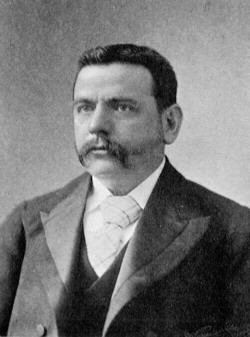
John Macintyre or Mcintyre FRSE was a Scottish medical doctor who set up the world's first radiology department at the Glasgow Royal Infirmary, in Glasgow.
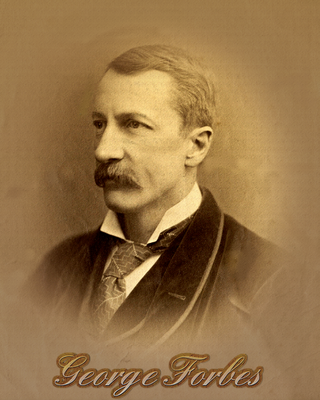
George Forbes (1849–1936) was a Scottish electrical engineer, astronomer, explorer, author and inventor, some of whose inventions are still in use.

Andrew Gray was a Scottish physicist and mathematician.
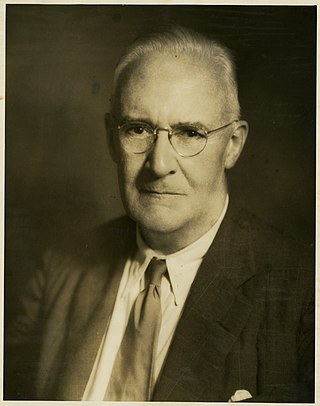
Harold Albert Wilson FRS was an English physicist.

John Miller of Leithen FRSE MICE DL was a Scottish civil engineer and Liberal Party politician. Together with Thomas Grainger, he formed the influential engineering firm Grainger and Miller, specialising in railway viaducts.
Professor James Blyth MA, LLD, FRSE FRSSA was a Scottish electrical engineer and academic at Anderson's College, now the University of Strathclyde, in Glasgow. He was a pioneer in the field of electricity generation through wind power and his wind turbine, which was used to light his holiday home in Marykirk, was the world's first-known structure by which electricity was generated from wind power. Blyth patented his design and later developed an improved model which served as an emergency power source at Montrose Lunatic Asylum, Infirmary & Dispensary for the next 30 years. Although Blyth received recognition for his contributions to science, electricity generation by wind power was considered uneconomical and no more wind turbines were built in the United Kingdom until 1951, some 64 years after Blyth built his first prototype.
William Falconer King FRSE FRMetS was a Scottish engineer. He was a pioneer in the laying of submarine telegraphy cables.

Prof John Millar Thomson PIC FRS FRSE LLD was a British chemist who held various leading positions with British chemical societies and was the vice-principal of King's College London. He was President of the Institute of Chemistry from 1900 to 1903.
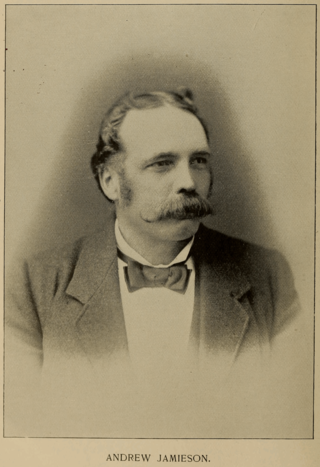
Prof Andrew Jamieson CE FRSE (1849–1912) was a Scottish engineer and academic author.

Prof Magnus Maclean FRSE MIEE MICE LLD (1857-1937) was an electrical engineer who assisted Lord Kelvin in his electrical experiments and later became Professor of Electrical Engineering in Glasgow. The Magnus Maclean Memorial Prize given to students of electrical engineering is named in his honour. A native speaker of Scottish Gaelic, he also lectured in Celtic Studies at the University of Glasgow, delivering the MacCallum lectures, in English between 1901 and 1093. These lectures constituted the first official lectures in Celtic studies at the University.
William Alexander Bryson FRSE, was a Scottish electrical engineer.

Sir George Arthur Mitchell FRSE MIME (1860–1948) was a Scottish mining engineer and company director. He was Director of both the Clydesdale Bank and Midland Bank and of several collieries. He endowed the Mitchell Lectures at Glasgow University.
Prof Robert Stevenson Thomson FRSE FFPSG (1858–1905) was a 19th-century British physician.
References
- ↑ Glasgow Post Office Directory 1853
- ↑ The Engineering Review vol 25
- ↑ Biographical Index of Former Fellows of the Royal Society of Edinburgh 1783–2002 (PDF). The Royal Society of Edinburgh. July 2006. ISBN 0-902-198-84-X. Archived from the original (PDF) on 4 March 2016. Retrieved 17 October 2017.
- ↑ Proceedings of the Institute of Electrical Engineers 1906
- ↑ Glasgow Post Office Directories 1909 and 1911
- ↑ Who's Who in Engineering J E Sears